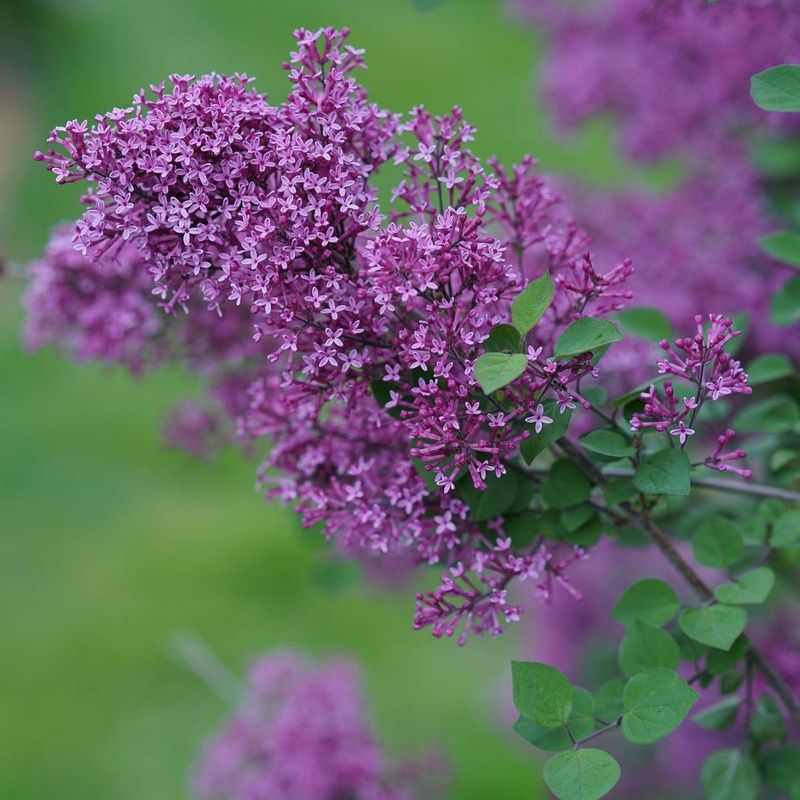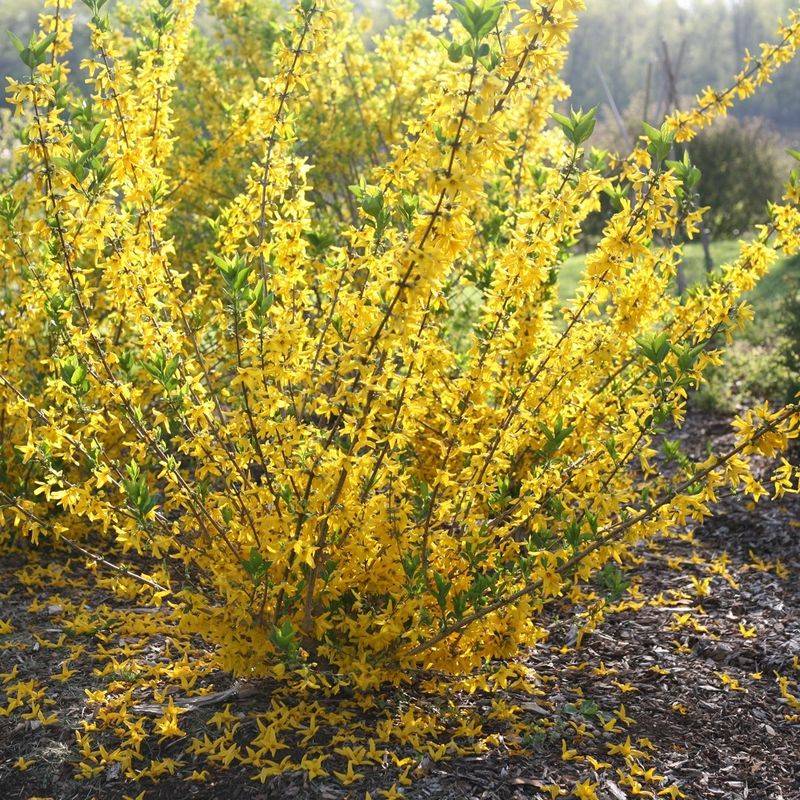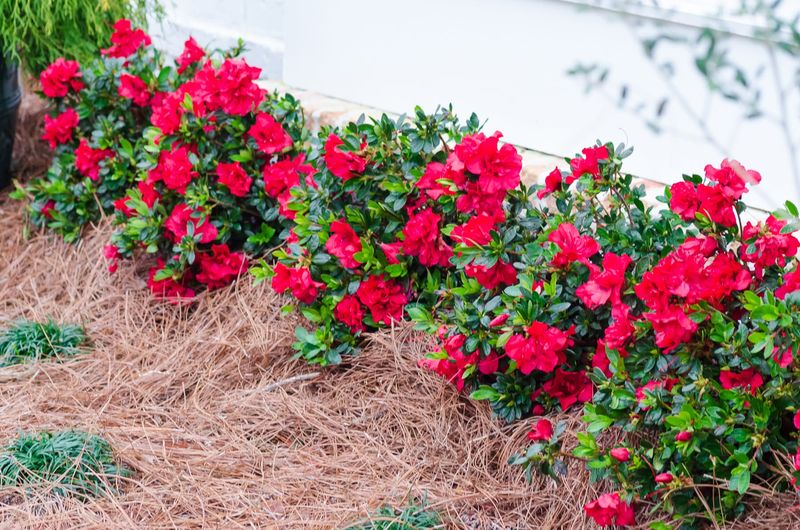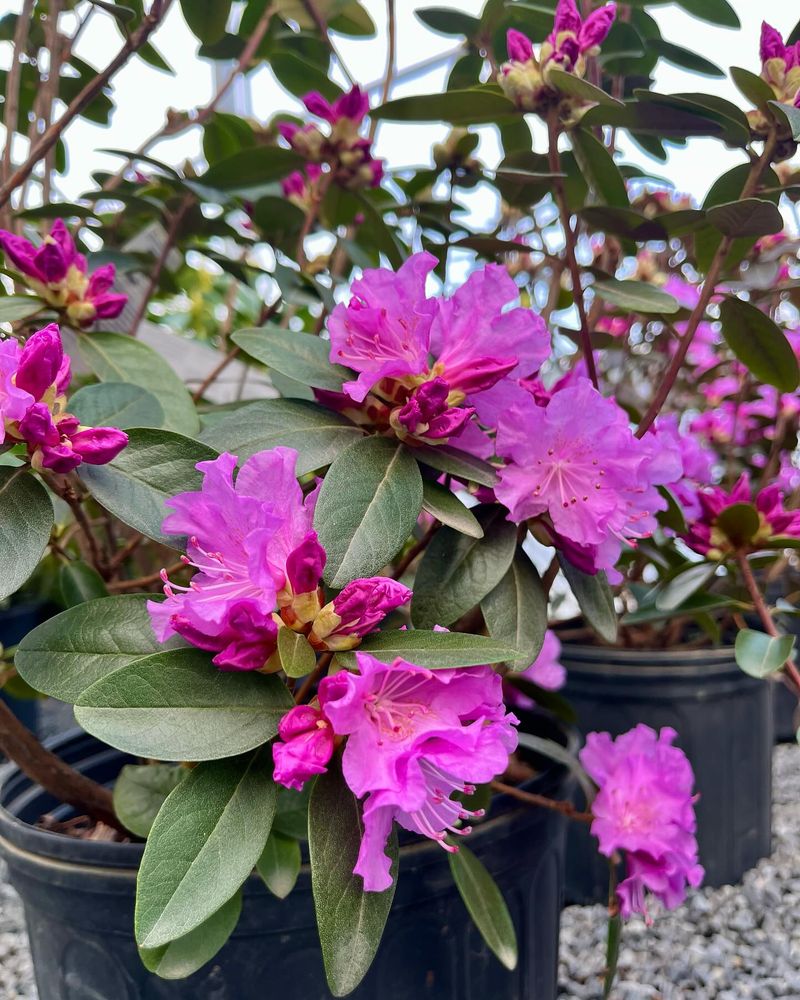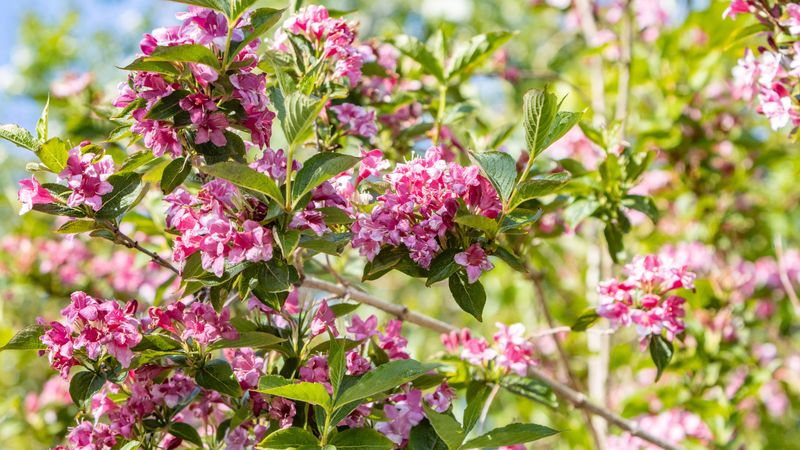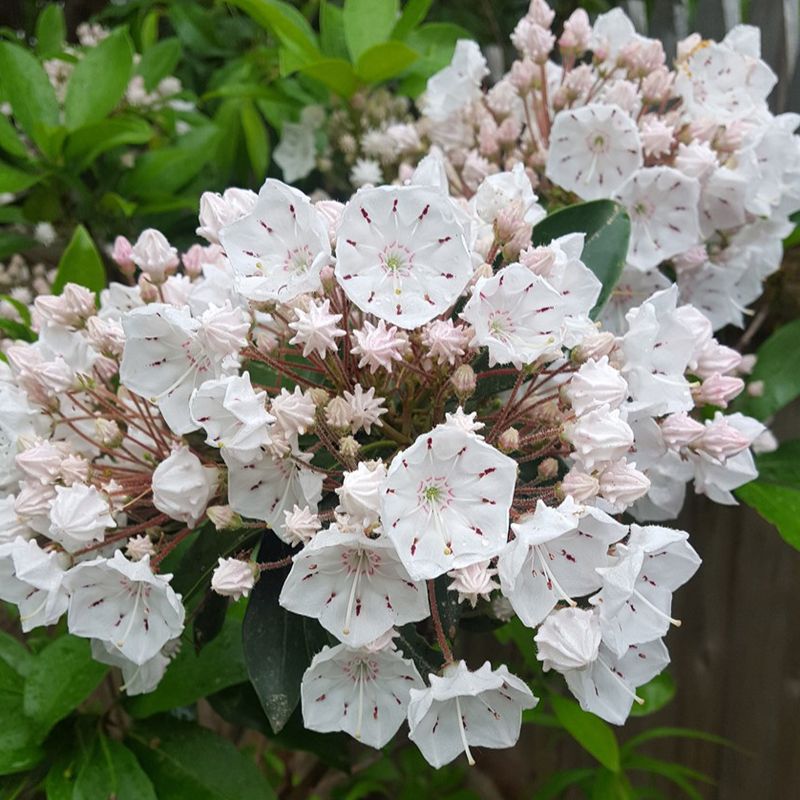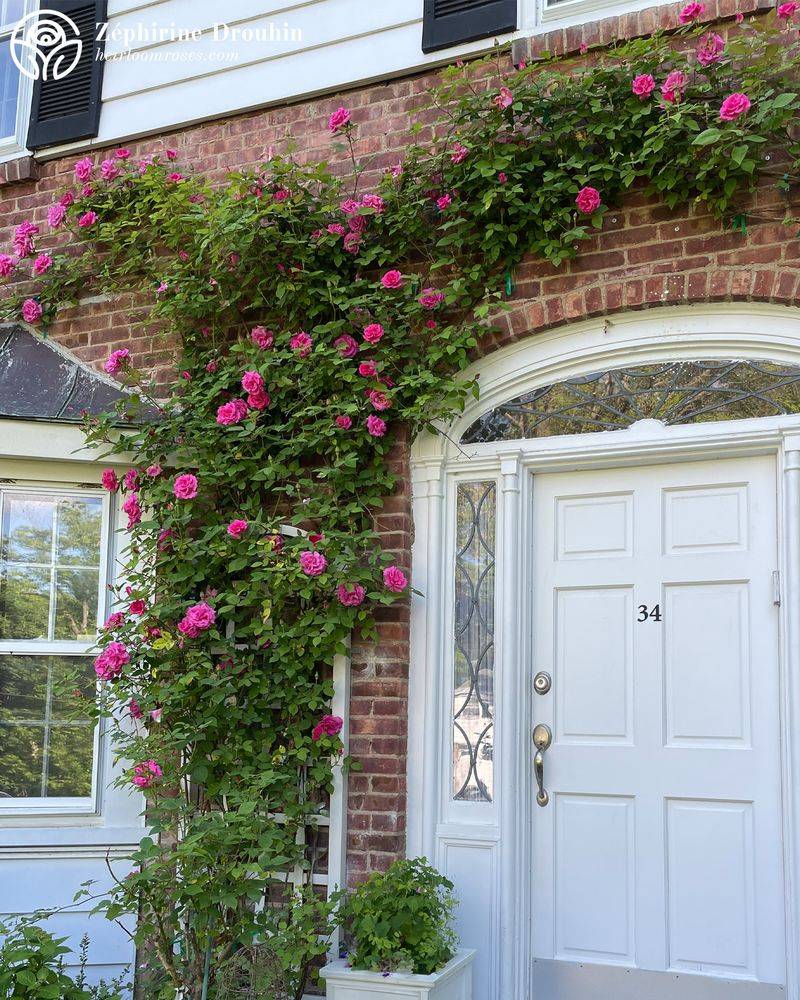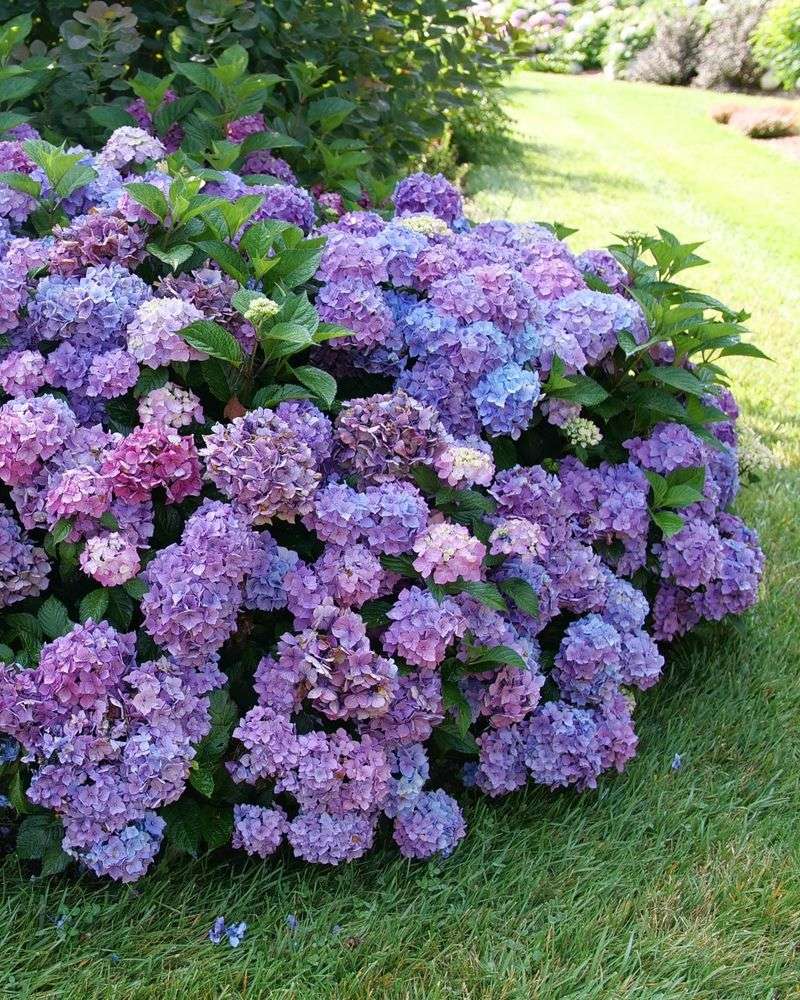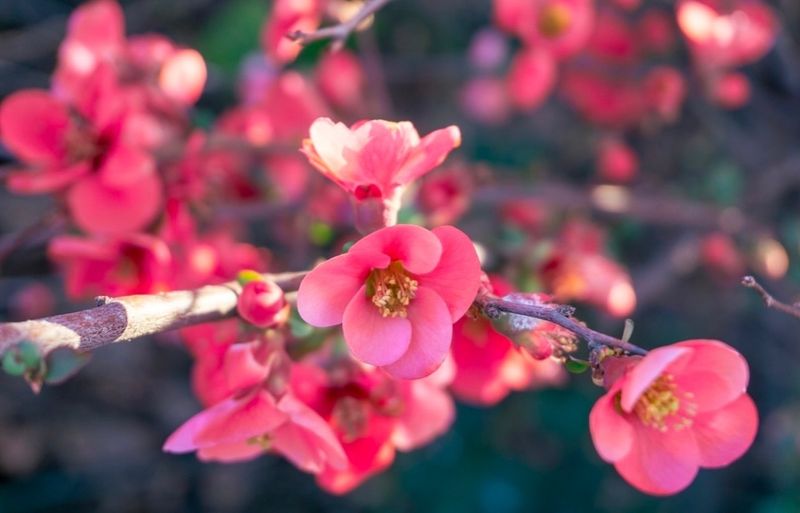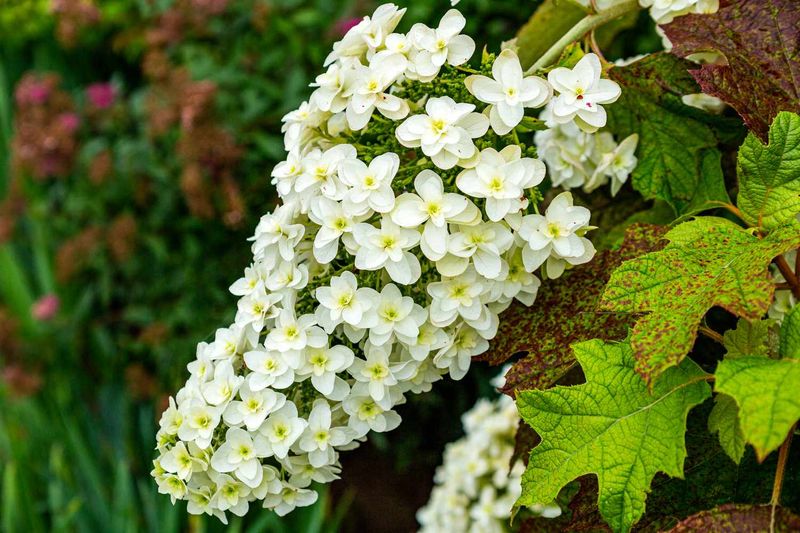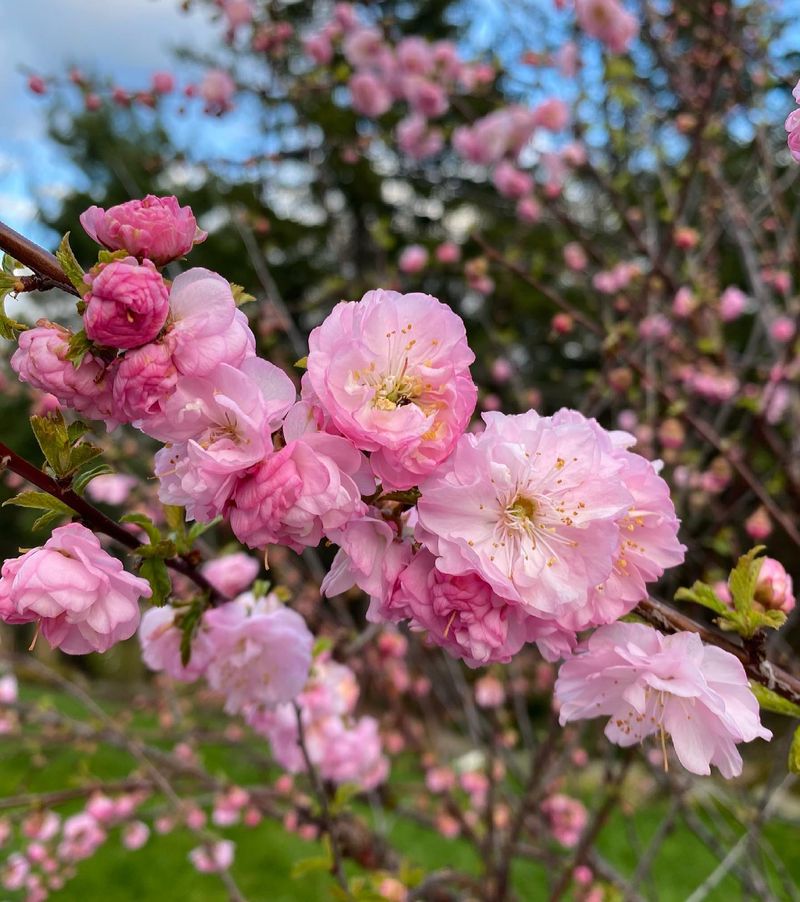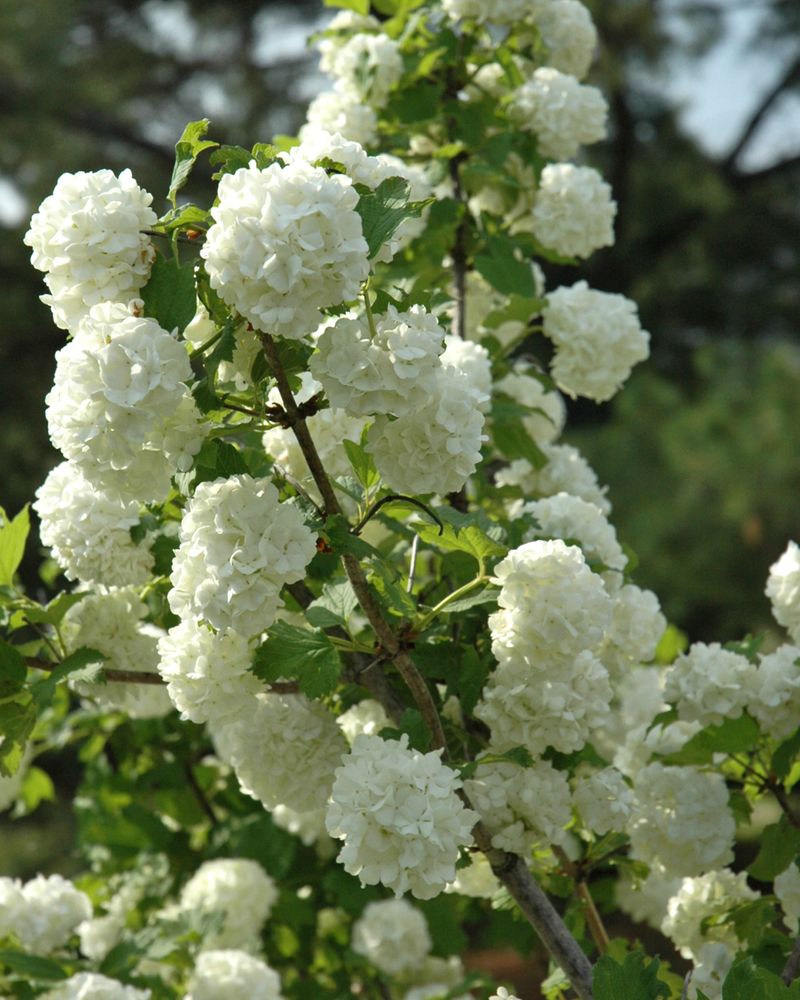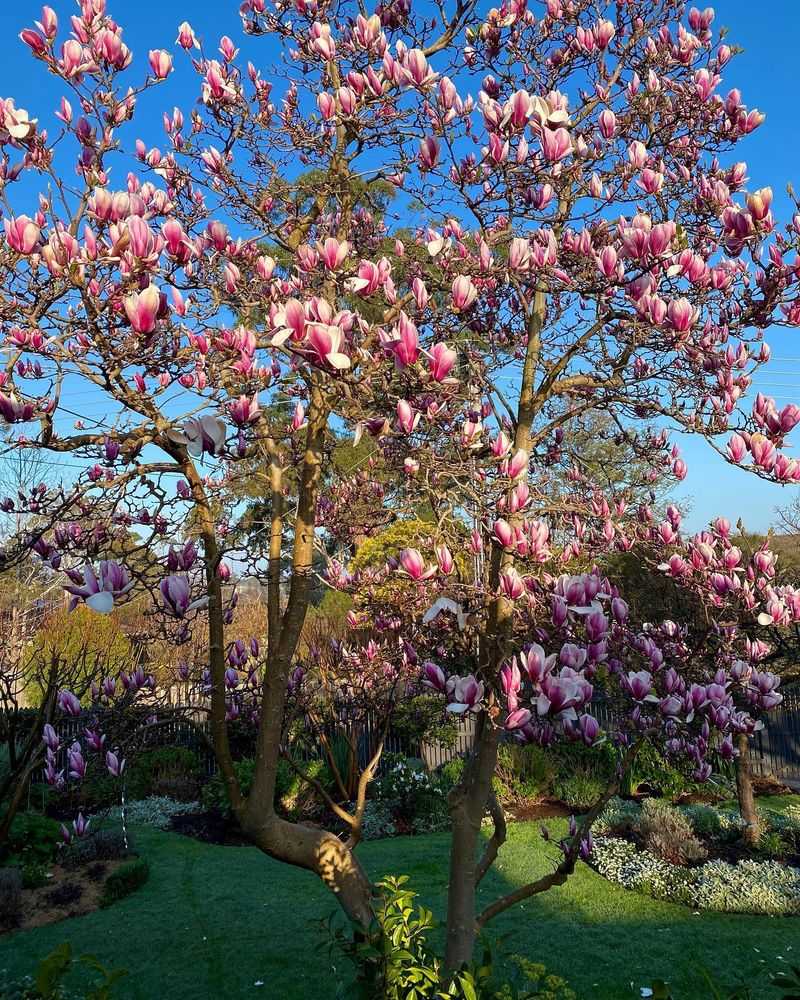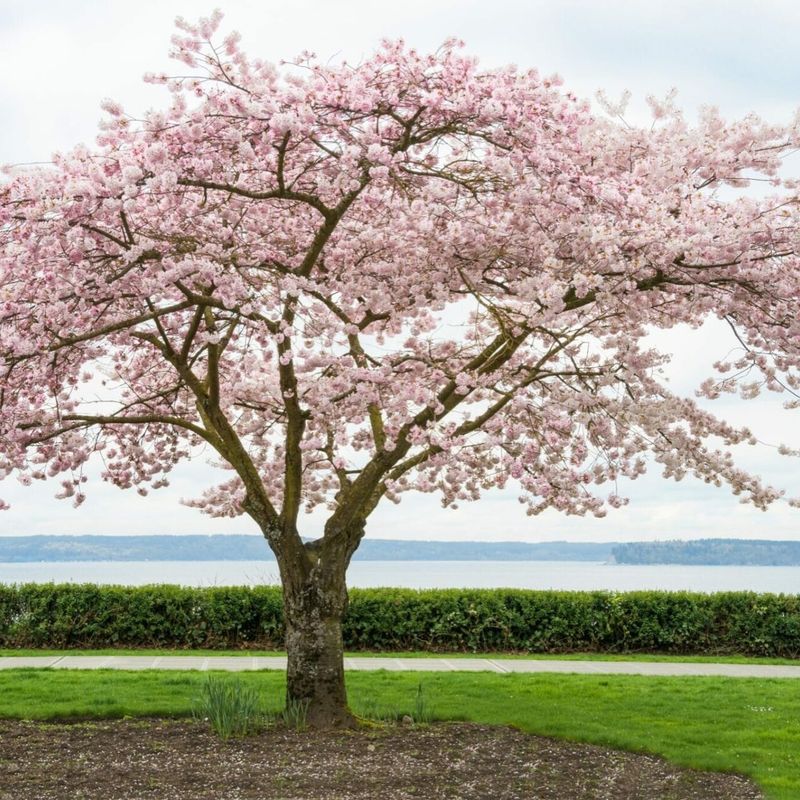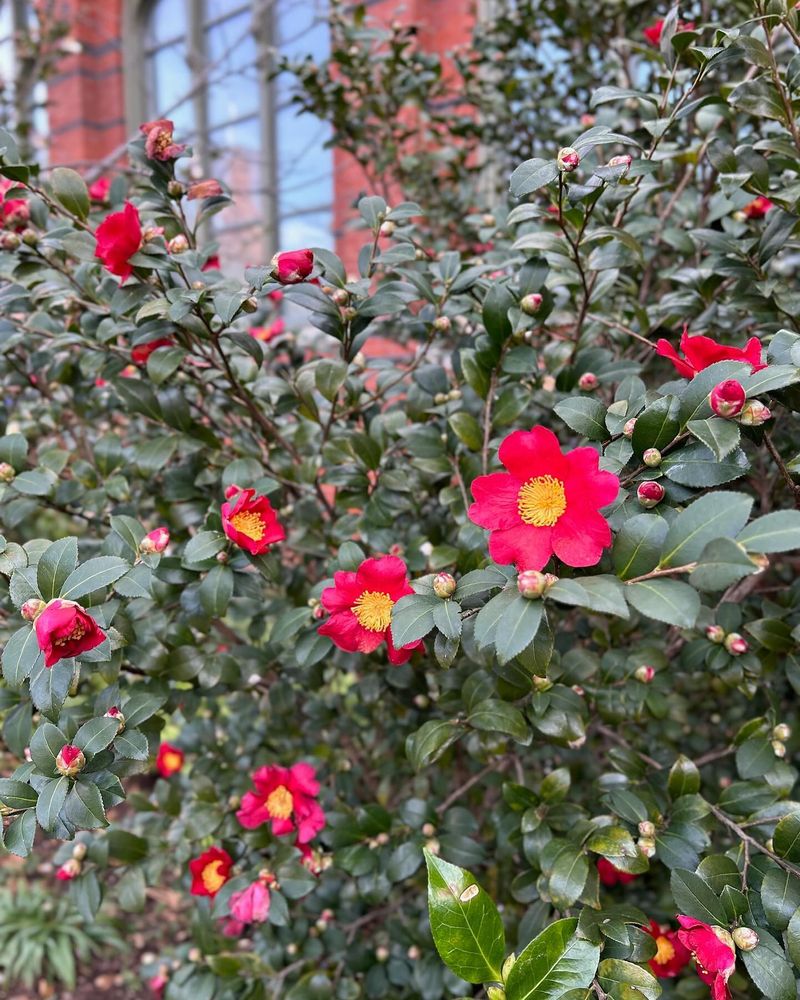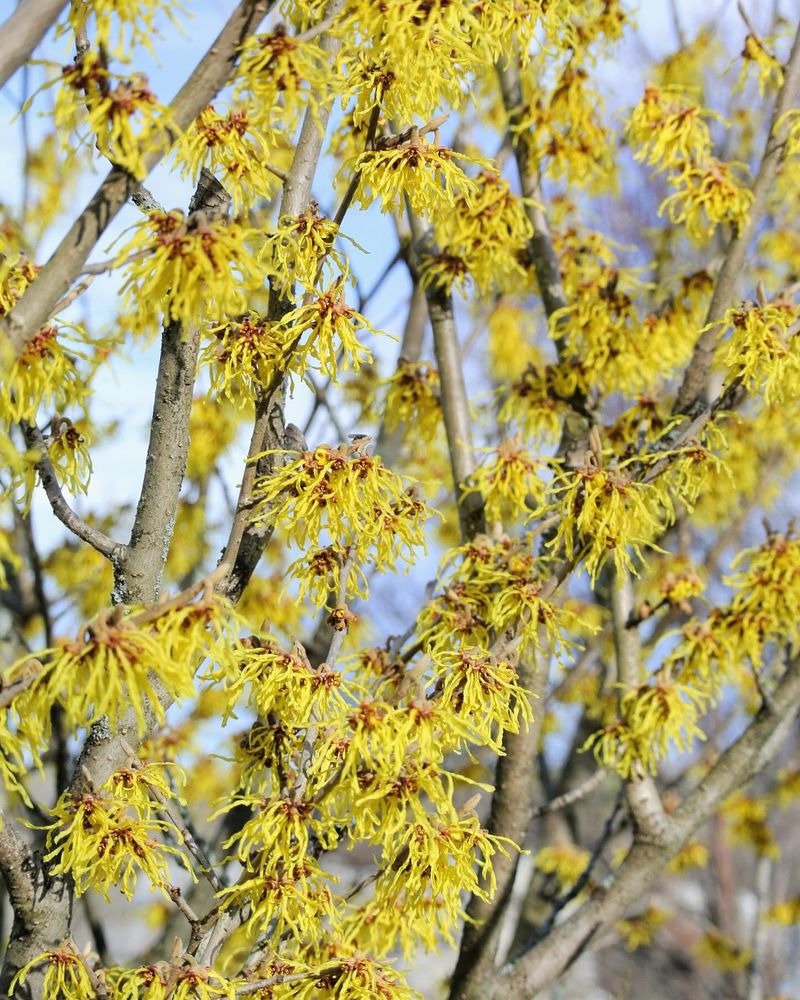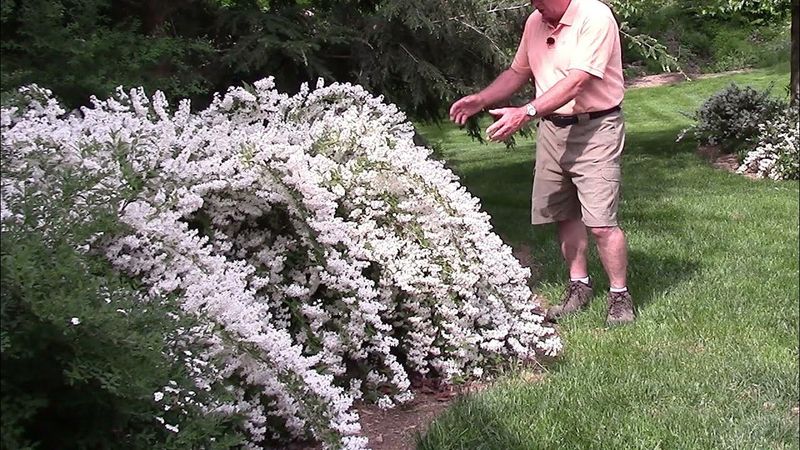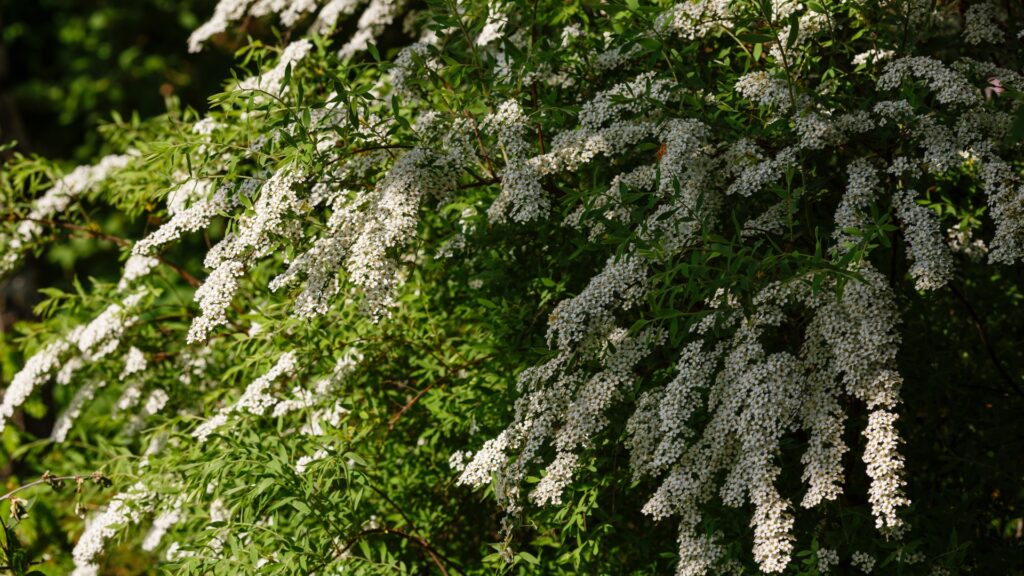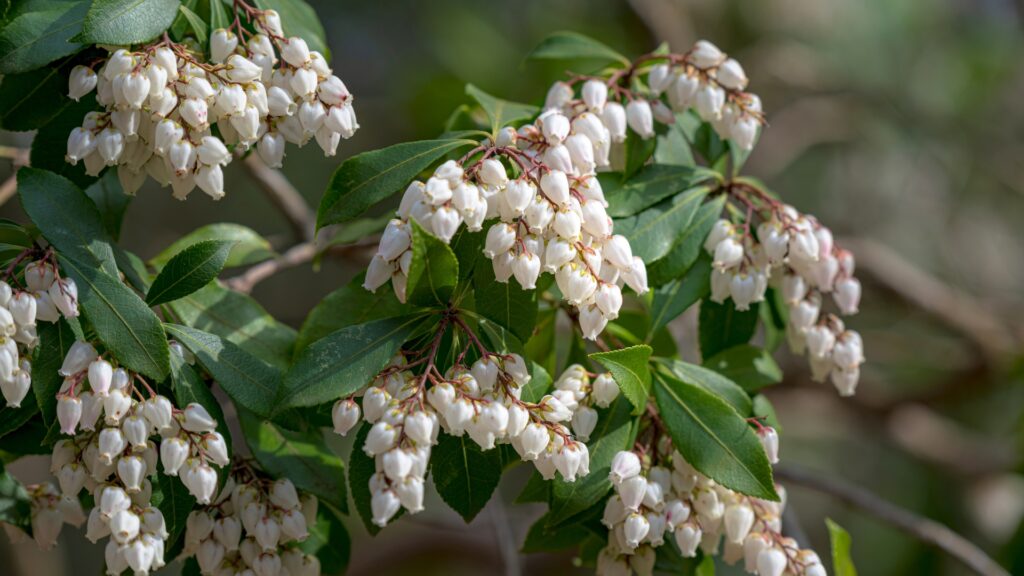When it comes to pruning your garden favorites, timing isn’t just important—it’s the whole ballgame. Jump the gun too early in spring, and you’ll risk throwing the baby out with the bathwater—snipping away precious flower buds before they’ve had their moment in the sun.
Many spring-blooming shrubs and perennials do their planning early, setting buds the season before. So before you reach for those shears, hold your horses. In the garden, patience doesn’t just pay off—it’s the secret sauce for bigger, brighter blooms.
1. Lilacs
The sweet fragrance of lilacs signals spring has truly arrived. These beloved shrubs form their flower buds in late summer for the following year’s display. Pruning before they bloom essentially removes those precious buds along with your chance to enjoy their signature scent.
Wait until the flowers have faded in late May or June before trimming. This gives you about two weeks after blooming to shape the shrub while allowing plenty of time for next year’s buds to develop. Remember that lilacs rarely need heavy pruning anyway—just remove dead wood and shape lightly.
2. Forsythia
Those brilliant yellow branches that burst into color when winter barely ends are a sight for sore eyes. Forsythia blooms on old wood, meaning last year’s growth is what produces this year’s flowers. Early pruning removes those precious flower buds that formed the previous year.
Once the golden display fades in late spring, that’s your signal to trim. You have about a two-week window after flowering before new buds start forming. Mature forsythia responds well to renewal pruning where you remove the oldest stems completely rather than just trimming the tips.
3. Azaleas
The spectacular color show of azaleas transforms spring gardens into a painter’s palette. These woodland shrubs set their flower buds during summer and fall of the previous year, which means winter or early spring pruning would eliminate this season’s blooms entirely.
Hold those pruning shears until just after the flowers fade—usually late May in most regions. Azaleas don’t require much pruning at all, but if you need to control size or shape, that post-bloom window is ideal. Even better, many gardeners simply pinch back the soft new growth with their fingers rather than using pruners.
4. Rhododendrons
Majestic rhododendrons create unforgettable spring displays with their large, showy flower clusters. Like their azalea cousins, these shrubs form flower buds in late summer that must survive winter to bloom the following spring.
Cutting them back before flowering means sacrificing those gorgeous blooms. The ideal pruning window opens right after flowering ends—typically late May or early June. Remove spent flower clusters carefully to prevent damaging new growth emerging nearby.
For older rhododendrons that need rejuvenation, stagger your heavy pruning over three years to avoid stressing the plant while maintaining some flowers each season.
5. Weigela
The arching branches of weigela covered in trumpet-shaped blooms attract hummingbirds and bring charm to spring gardens. These easy-growing shrubs flower primarily on old wood from the previous season, making early pruning a bloom-destroying mistake.
After the flowering spectacle ends in late May or June, you can safely shape your weigela. Unlike some spring bloomers, weigela often produces a lighter second round of flowers on new growth, but the main show depends on those overwintered branches.
Most varieties benefit from renewal pruning where you remove about a third of the oldest stems at the base.
6. Mountain Laurel
The intricate cup-shaped blooms of mountain laurel create woodland magic in late spring. Native to eastern North America, these shrubs form their flower buds during summer after blooming. Premature pruning removes these buds and the chance to enjoy their unique flowers.
Hold off until after flowering finishes in June before trimming. Mountain laurel grows slowly and naturally maintains an attractive shape, so minimal pruning is typically needed. When you do prune, focus on removing dead branches and lightly shaping rather than heavy cutting back.
7. Climbing Roses
Unlike hybrid tea roses, climbing roses produce their most spectacular blooms on canes that grew the previous year. Spring pruning would remove these flowering canes before they’ve had their chance to shine in your garden.
The sight of a rose-covered trellis or fence is worth the wait! Patience pays off with climbers—wait until after their first flush of blooms, typically in late May or June. Remove spent flowers and do any major pruning or training then.
Many climbing roses benefit from removing the oldest canes entirely rather than just trimming back all canes, which maintains vigor while preserving flowering wood.
8. Bigleaf Hydrangeas
Those stunning blue or pink mophead hydrangeas that grace summer gardens form their flower buds during fall of the previous year. Early pruning removes these hidden buds, explaining why some hydrangeas grow beautifully but never bloom.
Not all hydrangeas follow this rule, but the popular bigleaf varieties definitely do. Wait until the flowers begin to fade in mid-summer before pruning. Even better, many gardeners leave the spent blooms intact through winter as they provide visual interest and protect developing buds.
If you live in a cold climate, this added protection can make the difference between a flowering or flowerless hydrangea.
9. Flowering Quince
Early spring gardens light up when flowering quince bursts into vibrant orange, red, or pink blooms on bare branches. These tough shrubs bloom on old wood, with flower buds forming during the previous growing season.
Pruning before flowering removes those colorful harbingers of spring. The best time to shape flowering quince is immediately after blooming ends, typically in late May. Since the flowers appear before the leaves, it’s easy to see the structure and make good pruning decisions.
Older plants benefit from removing a few of the oldest stems completely rather than just trimming the tips of branches.
10. Oakleaf Hydrangeas
The dramatic cone-shaped flower clusters of oakleaf hydrangeas transition from white to pink to russet through the seasons. Unlike some hydrangea types, oakleaf varieties exclusively bloom on old wood—stems that grew the previous year.
Early pruning removes the flower buds that formed last summer. Wait until the flowers begin to fade in mid-summer before pruning. Many gardeners value the dried flowers and colorful fall foliage of oakleaf hydrangeas, choosing to leave them intact through winter.
This native North American shrub typically needs minimal pruning beyond removing dead wood and maintaining size.
11. Flowering Almonds
The delicate pink blooms of flowering almond create a cloud of color in early spring gardens. These small ornamental shrubs produce their flower buds on old wood during the previous growing season. Pruning too early eliminates the very feature that makes them garden favorites.
Once the blooming spectacle finishes in late spring, you can safely prune. Flowering almonds benefit from removing the oldest stems completely rather than just shearing the shrub into shape.
This renewal approach keeps the plant vigorous and flowering abundantly year after year.
12. Viburnums
The diverse viburnum family includes many spring-flowering favorites that produce their flower buds during the previous growing season. From the fragrant snowball viburnum to the delicate doublefile varieties, early pruning would sacrifice their beautiful blooms and berries.
Hold off until after flowering, typically in late May or June, before reshaping. Many viburnums produce decorative berries after flowering that provide food for birds, giving you another reason to time pruning carefully.
Most established viburnums need minimal pruning beyond removing dead wood and occasional thinning of crowded branches.
13. Magnolias
Few spring sights match the magic of magnolia trees covered in goblet-shaped blooms. These flowering trees and shrubs form their distinctive flower buds during summer and fall of the previous year.
Pruning before they bloom would eliminate those massive buds that have weathered winter waiting to open. If pruning is necessary, wait until after flowering completes, typically in late May or June.
Magnolias generally need minimal pruning beyond removing dead or damaged branches. Established specimens develop their best form naturally without heavy pruning intervention.
14. Flowering Cherries
The ephemeral beauty of flowering cherry blossoms transforms spring landscapes into pink or white clouds of delicate blooms. These ornamental trees form their flower buds during the previous growing season, making early pruning a bloom-destroying mistake.
Wait until after the flowering spectacle ends, typically in late May, before pruning. Flowering cherries generally need minimal pruning beyond removing dead, diseased, or crossing branches. Most develop their characteristic vase or umbrella shape naturally without heavy pruning intervention.
15. Camellias
The perfect rose-like blooms of camellias brighten winter and early spring gardens when little else flowers. These elegant shrubs set their flower buds during summer of the previous year, making untimely pruning a disaster for bloom lovers.
The ideal pruning window opens immediately after flowering ends—typically April or May for spring-blooming varieties. Camellias grow slowly and naturally maintain an attractive form, so minimal pruning is usually needed. When you do prune, focus on removing dead wood and lightly shaping rather than heavy cutting.
16. Witch Hazel
The spidery, ribbon-like blooms of witch hazel bring color to the garden in late winter or very early spring when few other plants flower. These unique shrubs form their flower buds during the previous growing season, making early pruning a bloom-destroying mistake.
Wait until after flowering finishes before pruning—typically in early spring for winter-blooming varieties. Witch hazel naturally develops an attractive vase-shaped form that needs minimal pruning.
Most gardeners simply remove dead wood and occasionally thin crowded branches rather than heavily reshaping these architectural shrubs.
17. Deutzia
The arching branches of deutzia covered in star-shaped white or pink flowers create a fountain of spring color. These old-fashioned shrubs bloom on wood that grew during the previous year, making early pruning a bloom-eliminating error.
Once flowering concludes in late May or early June, you can safely shape your deutzia. These vigorous shrubs respond well to renewal pruning where you remove about a third of the oldest stems at ground level.
This approach maintains the plant’s natural fountain-like shape while ensuring abundant flowering year after year.
18. Spirea
Spirea shrubs add soft elegance to the garden with their cascading clusters of white or pink blooms in late spring. These low-maintenance beauties bloom on old wood, which means pruning too early in the season will remove the very stems responsible for the floral display.
Hold off on pruning until flowering has wrapped up—usually in late May or early June. This gives the plant time to show off its delicate blooms before you step in with shears. Spirea benefits from light shaping and the removal of older stems to encourage fresh growth and better air circulation.
Some varieties also rebloom lightly later in the season, especially if you deadhead spent blooms soon after the first flush.
19. Mock Orange
The citrus-scented white blossoms of mock orange fill the air with fragrance in late spring, making them a favorite for cottage-style gardens. These deciduous shrubs bloom on wood that developed the previous year, so early pruning will mean missing out on their sweet-smelling show.
Wait until the blossoms fade in late May or early June before reaching for the pruners. Mock orange responds well to renewal pruning—removing about a third of the oldest stems at the base each year to maintain vigor and shape.
While they may look unruly at times, careful post-bloom pruning helps preserve their graceful form and ensures a plentiful flower show the following spring.
20. Pieris Japonica
Also known as lily-of-the-valley shrub, Pieris Japonica adds year-round interest with cascading clusters of bell-shaped blooms, glossy evergreen leaves, and vibrant new growth. This elegant shrub blooms in early spring on wood formed during the previous growing season, which means premature pruning can rob you of its delicate floral display.
Hold off on trimming until after the blooms fade—typically late May or early June—when you can safely shape or size the shrub without harming next year’s flower buds. Pieris generally needs minimal pruning but benefits from the removal of spent flowers and any dead or crossing branches.
For a healthy, well-shaped plant, focus on light thinning and allow its natural layered form to shine through.


